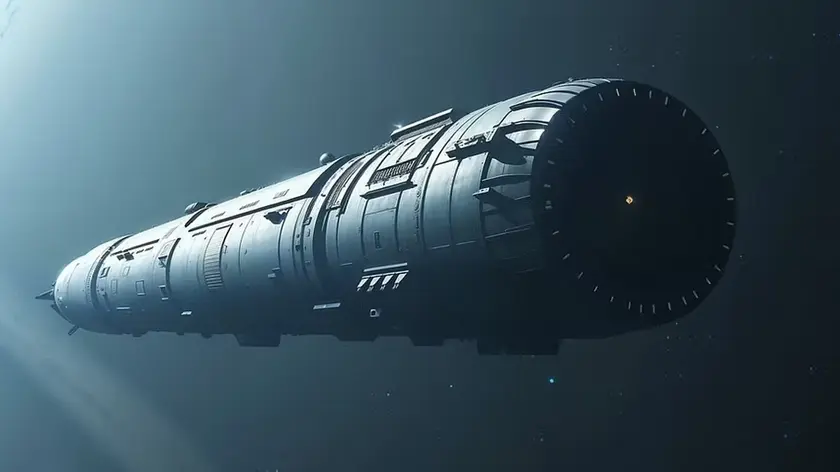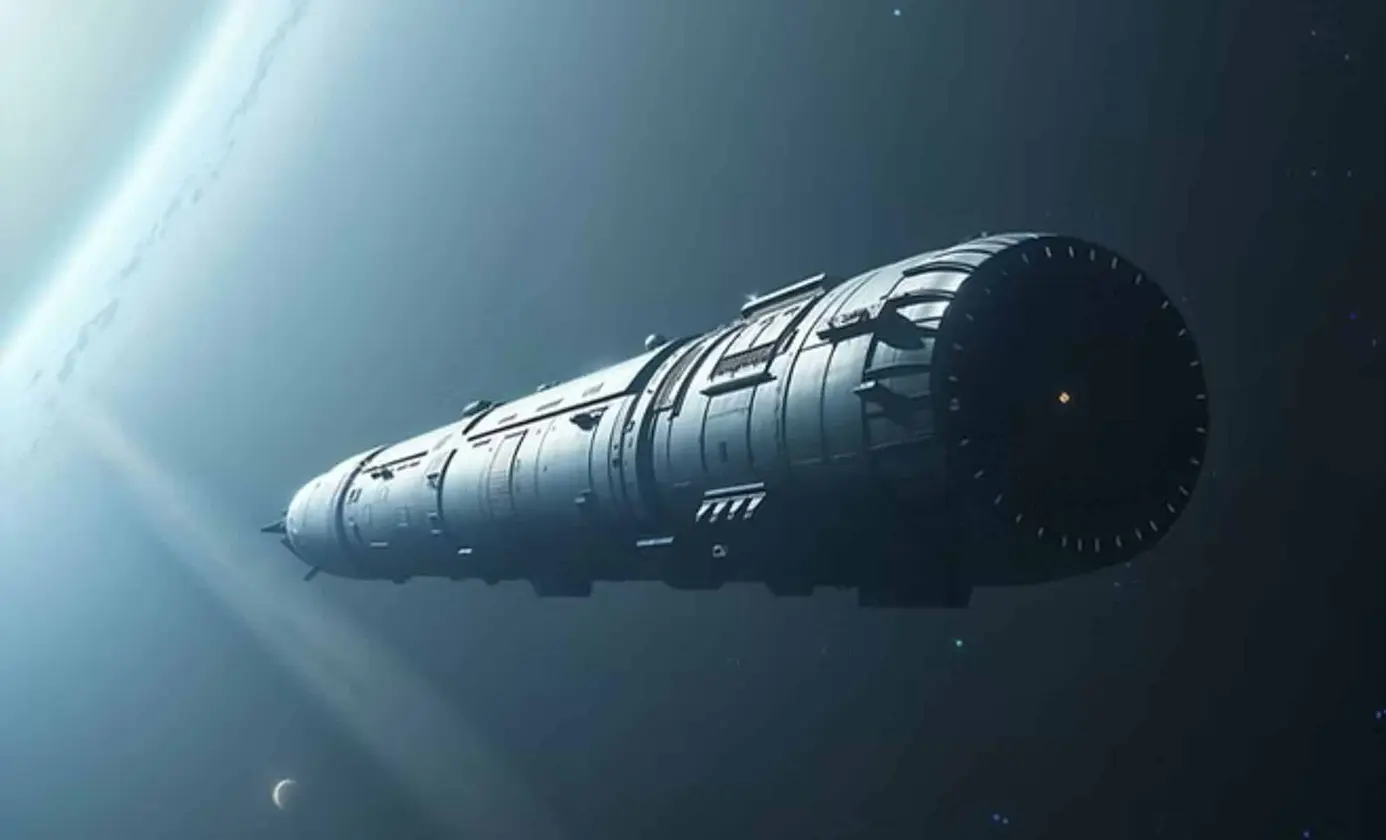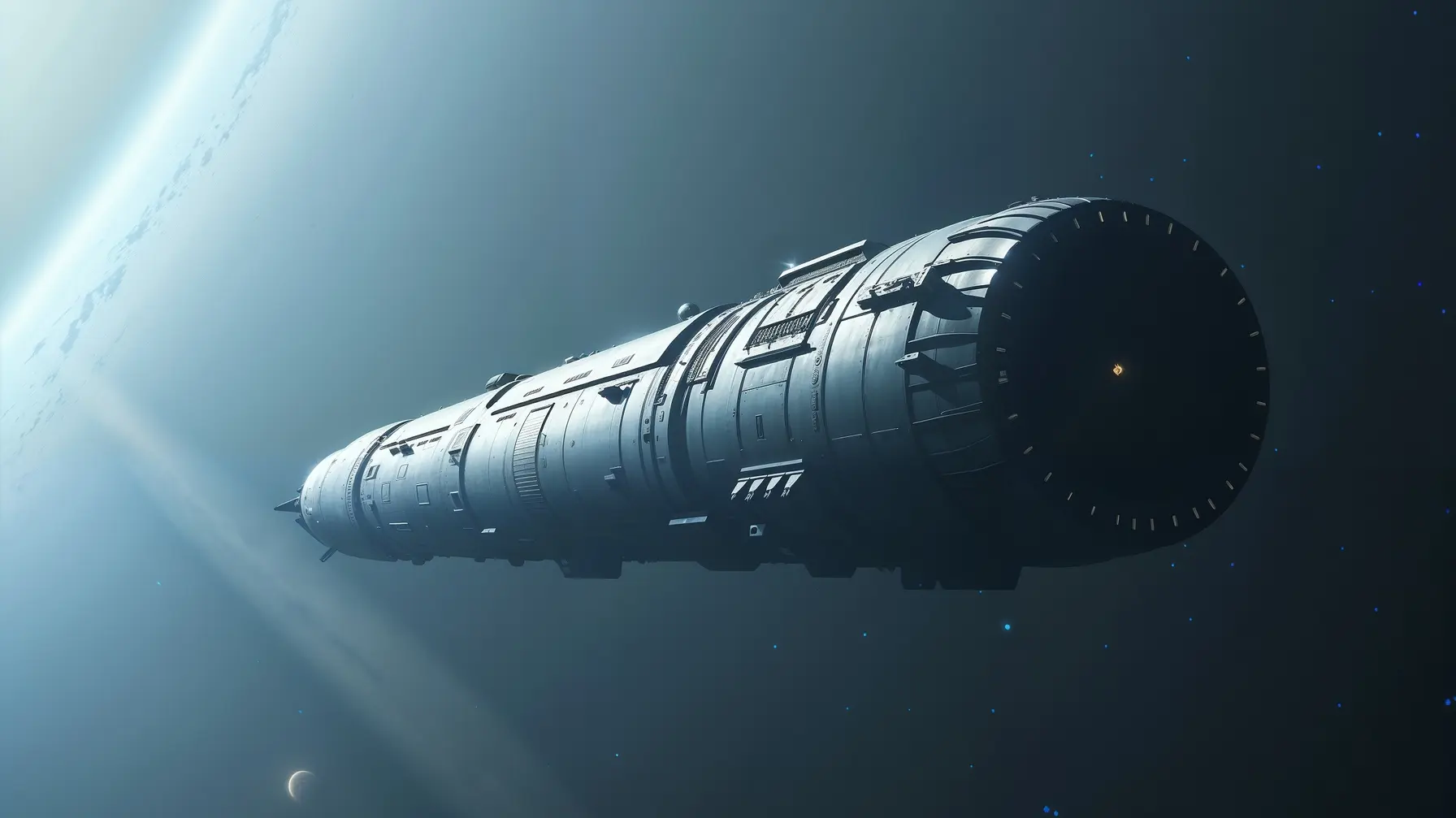T4K3.news
Chrysalis spacecraft wins design competition
The futuristic spaceship aims for a 250-year journey to Alpha Centauri, carrying 1,000 people.

Chrysalis is a revolutionary spacecraft designed for a 250-year journey to Alpha Centauri.
Futuristic spaceship Chrysalis promises human journey to the stars
The Chrysalis spaceship has been awarded first place in the Project Hyperion design competition, aimed at developing a feasible generation ship. This futuristic vessel will embark on a 250-year voyage to Alpha Centauri, the closest star system, carrying around 1,000 people. The design features a 36-mile-long cylindrical structure equipped with various biome ecosystems, communal spaces, and advanced living conditions. Major highlights include a cosmos dome that allows passengers to view the vastness of space and an agricultural shell that maintains essential food production. Powered by nuclear fusion and designed to support long-term habitation, Chrysalis aims to preserve Earth's cultural and biological heritage during its transit to another solar system.
Key Takeaways
"Project Hyperion wasn't just a design contest"
Dr. Andreas Hein emphasizes that the competition explores humanity's potential for interstellar travel.
"Its overall spacecraft design seems to take inspiration from the gigantic world ship concepts of the 1980s"
Judges noted the design's homage to past science fiction while pushing technological boundaries.
"We asked participants to integrate architecture, technology, and social systems"
This reflects the comprehensive vision behind Project Hyperion, aiming for long-term space habitation.
"The presence of animals is reduced to a small section for diversity and aesthetic purposes"
This highlights the focus on plant-based sustainability within space travel.
While the prospect of interstellar travel remains mostly theoretical, the design of Chrysalis offers a glimpse into how humanity might adapt to life in space. With a focus on sustainability and community, the ship's structure encourages social bonding among its inhabitants. This approach not only addresses the practical needs of long-term space travel but also the psychological aspects of living in isolation for generations. The success of this project could reshape our understanding of what it means to be human in the universe.
Highlights
- Chrysalis embodies the dream of reaching beyond our planet.
- A journey of 250 years awaits those aboard Chrysalis.
- The cosmos dome offers a window to the universe.
- Chrysalis may redefine humanity's future among the stars.
Construction costs of Chrysalis remain uncertain
The financial implications of building Chrysalis are still unclear, creating a risk for potential investors and stakeholders.
The success of Chrysalis may define the legacy of human exploration in the cosmos.
Enjoyed this? Let your friends know!
Related News

Project Hyperion Launches Competition for Stellar Travel Designs

Chrysalis generation ship wins Hyperion prize

Chrysalis spacecraft concept revealed for Alpha Centauri journey

Galway Races Ladies' Day captivates audiences

Street Fighter 6 art contest entry disqualified

Call of Duty Season 5 Goes Live Tomorrow

Ranking all FBS programs for the 2025 season

Padres bolster roster with eight new trades
